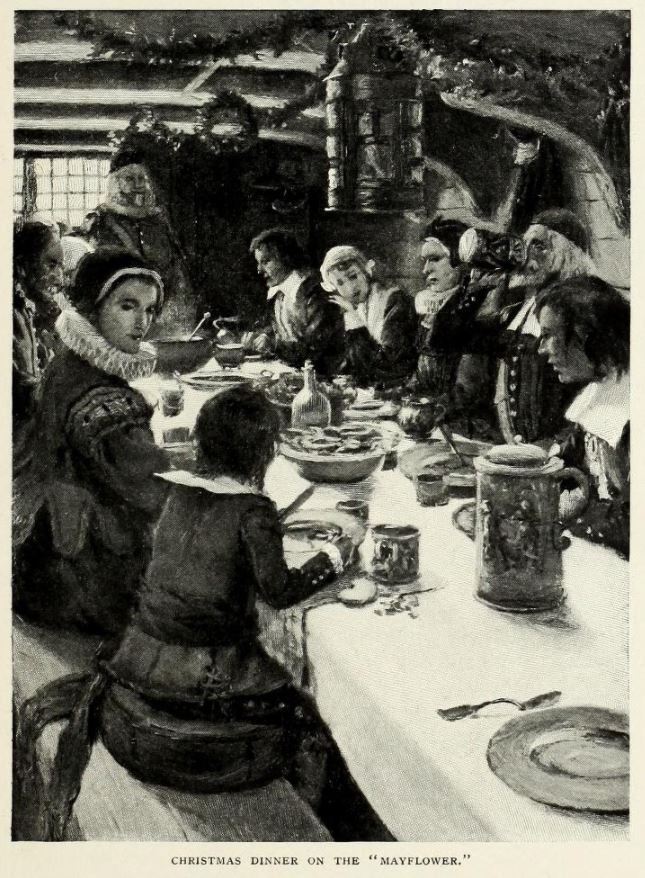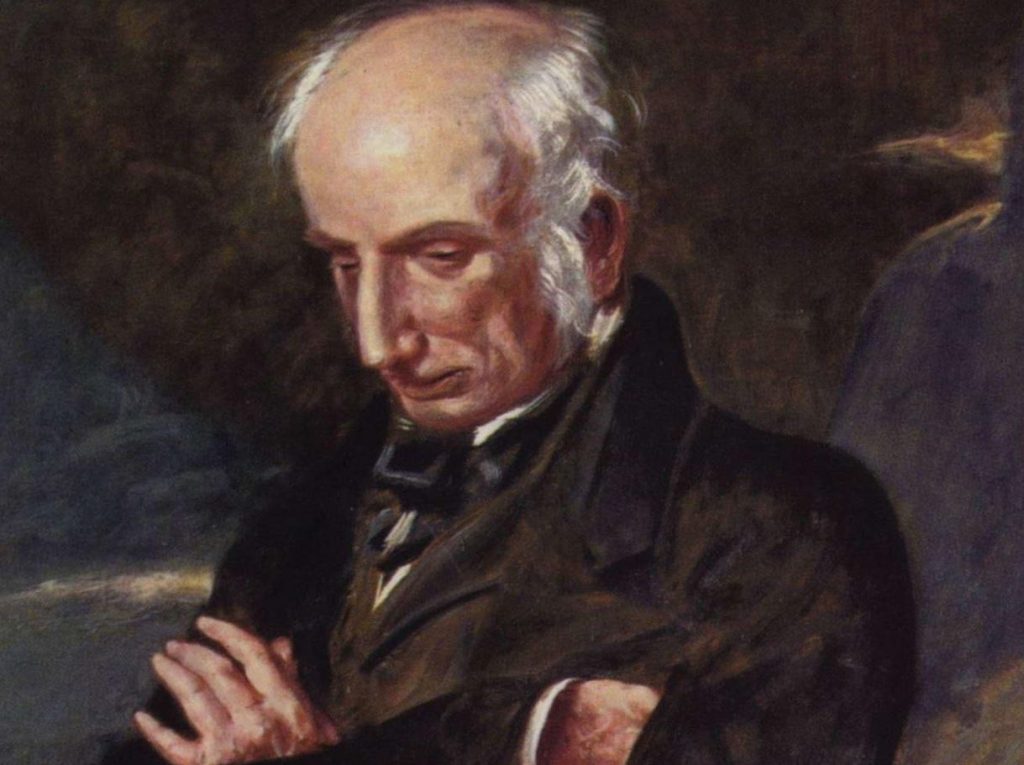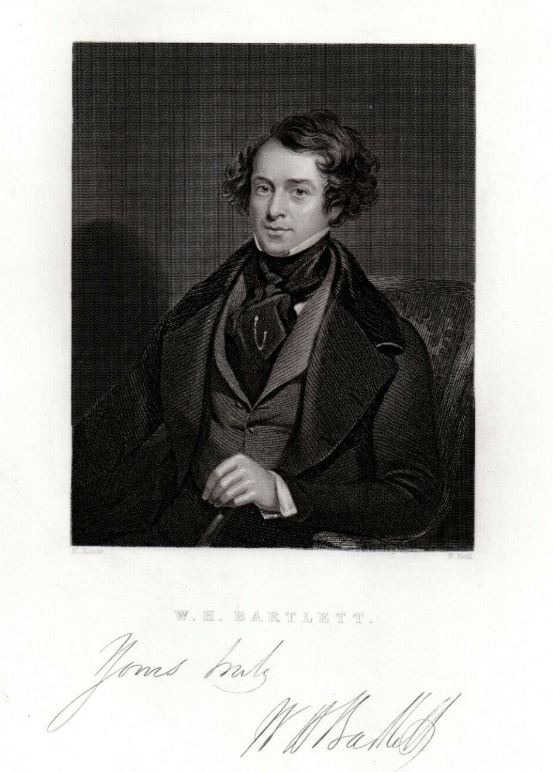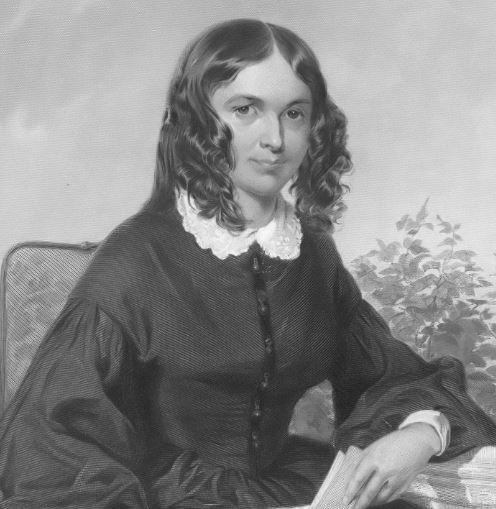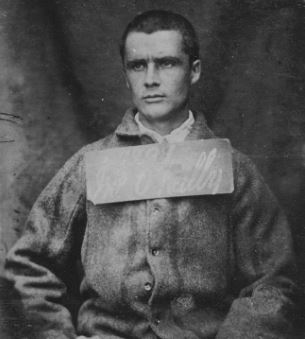In 1900 the British and American children’s periodical St Nicolas published a short story by leading women’s suffragist and author Elizabeth Cady Stanton (1815-1902). Entitled ‘Christmas on the Mayflower’, it included an illustration of the interior of the ship decked out with festive decorations as the Pilgrims sit down to a sumptuous Christmas dinner. Stanton’s story was also rich in details of yule-tide cheer and festivities:
Then the mothers decorated their tables and spread out a grand Christmas dinner. Among other things, they brought a box of plum-puddings. It is an English custom to make a large number of plum-puddings at Christmas-time, and shut them up tight in small tin pails and hang them on hooks on the kitchen wall, where they keep for months. You see them in English kitchens to this day. With their plum-puddings, gooseberry-tarts, Brussels sprouts, salt fish, and bacon, the Pilgrims had quite a sumptuous dinner. Then they sang “God Save the King,” and went on deck to watch the sun go down and the moon rise in all her glory.[1]

